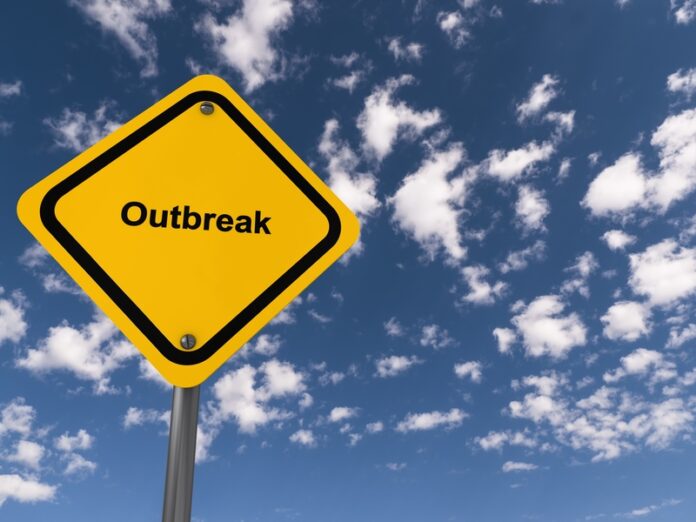In 2020, Arthur Wyns wrote an article entitled, “How our responses to climate change and the coronavirus are linked.” He argued that we live in an era of “intersecting crises” pointing to parallels between the COVID-19 pandemic and other challenges humanity faces. Wyns works at the World Health Organization (WHO). He is part of a team focused on climate change and its devastating impact on health systems in countries around the world. He sees climate change as having significant health impacts from extreme weather events to the spread of vector-borne diseases like malaria and dengue. But COVID-19?
He notes that when healthcare support systems are under duress because of environmental challenges brought on by extreme heat and severe weather, coping with disease outbreaks can become too burdensome, particularly for the health and well-being of those living in underdeveloped countries.
Two days ago I came across Shahid Jameel’s article in the Bulletin of the Atomic Scientists. Shahid writes about trans-species pathogens and how climate change is increasing the risk of new pandemics. He states: “Climate change could drive more than 15,000 new cases of virus transmission between mammalian species in the next half-century.” In Shahid’s opinion, the Sahel region of Africa, India, and Indonesia are the areas most vulnerable to viruses and other pathogens making the jump from different mammalian species to humans.
Why is this linked to global warming? Even before climate change became the “hot” topic of conversation, there were published papers describing the emergence of infectious diseases from Asia and sub-Saharan Africa. The causes point to deforestation, drought, poverty and poor health infrastructure. Efforts to combat persistent diseases in these areas are insufficient.
In sub-Saharan Africa where we are seeing the largest population growth on the planet, it has led to humans competing with nature bringing the former closer to mammals in the wild and their diseases. As a result, the likelihood of the pathogens jumping to humans is increasing. Yet the countries where encroachment is on the rise have the fewest health resources to cope should a pathogen leap. They have limited financial resources to build the infrastructure for pathogen surveillance, field collection, testing laboratories and treatment capacity to handle new disease outbreaks.
Shahid notes that the global distribution of biosafety laboratories for research on the most dangerous microbes is not evenly distributed across the planet. The concentration of these Biosafety Level (BSL) 4 and 3 labs is in wealthier nations. Across Africa, there are only four and none in the Sahel countries. India with its enormous population has four. Indonesia, the most populous Muslim nation in the world has none.
Even where BSL facilities exist, dual-use research remains problematic. What do I mean? Research can be of two types: designed to find ways to combat pathogens, or to find ways to weaponize them. A case in point: the Wuhan BSL is in proximity to the site where COVID-19 emerged from a nearby wet market selling wild animals for meat. That BSL is doing dual research for China’s healthcare system and the People’s Liberation Army. Both Africa and India’s BSLs are known to do dual-use research.
The spread of vector-borne diseases accompanying rising atmospheric temperatures from tropical to temperate latitudes warns all of humanity that climate change combined with a lack of pathogen preparedness represents a lethal combination. The poorest areas of the planet fall in line with those regions most in danger of rising atmospheric temperatures and extreme weather. They also are places where human population growth is impeding on shrinking wild zones.
It’s a perfect storm combining pandemic-inducing exotic pathogens coming from nature attacking nations whose populations are least prepared to deal with them and then adding air travel to the equation. Why air travel? Air travel from Wuhan Province proved to be the break in the dam that allowed COVID-19 to flood the world with the virus and its subsequent variants causing the deaths of more than 7 million.
Shahid believes efforts to achieve a Pandemic Accord which is in the process of being negotiated by United Nations’ member countries working with the WHO could lead to better preparedness and a more equitable distribution of healthcare assets to stop the next perfect storm from happening. About the lessons learned from the COVID-19 pandemic, he writes:
“Given the lives lost to date and a cumulative global economic loss for the 2020-25 period that is predicted to be over $25 trillion, it’s imperative to invest resources in scientific infrastructure and biorisk governance both in future hotspots and globally. Tunnel vision on pandemic preparation has cost us enough.”









